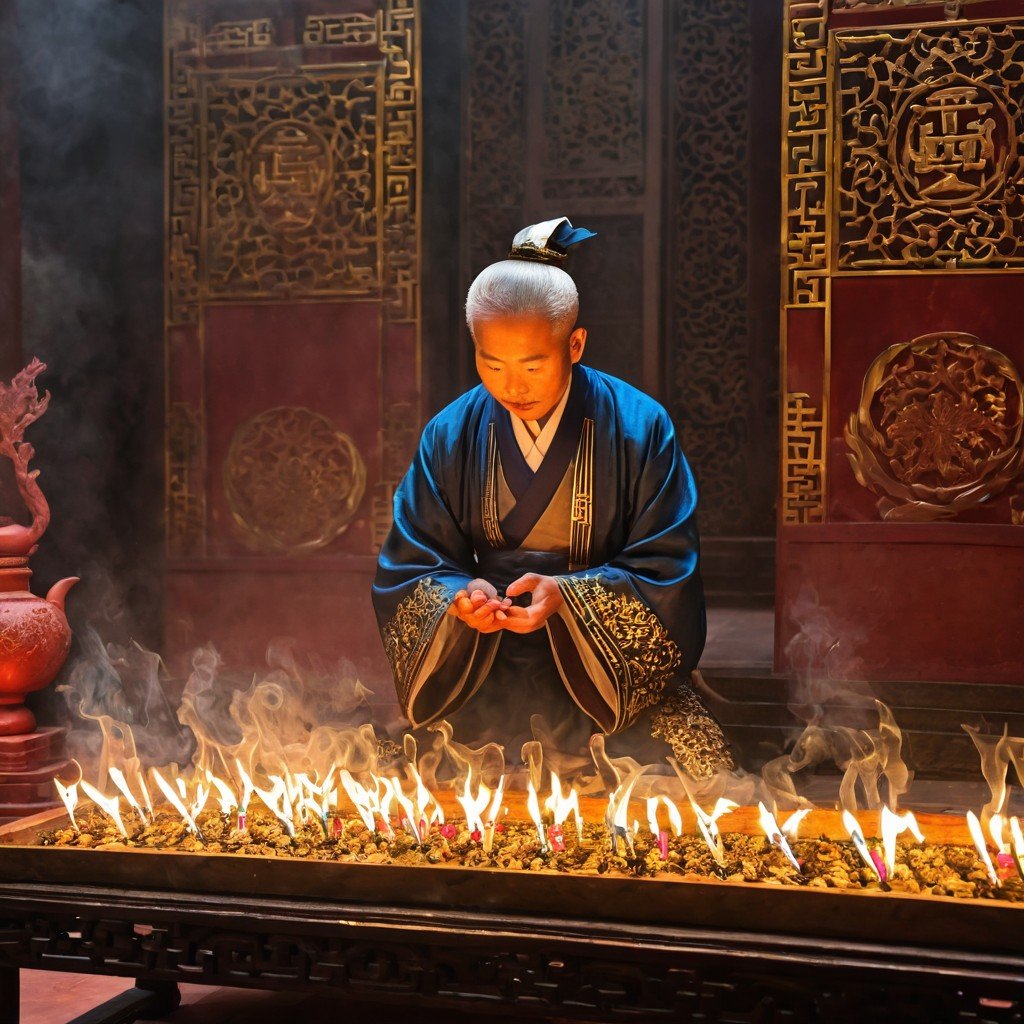Leong San Tong Khoo Kongsi is a large Chinese clan house in Malaysia. It is possibly the grandest clan temple in all of Southeast Asia. The intricate architecture of this clan house gives visitors an amazing insight into Pulau Pinang Chinese immigrant history.
The Leon San Tong Khoo Kongsi is a microcosm of how Chinese society operated on Penang Island. It provided a crucial lifeline for Chinese immigrants, helping them navigate the challenges of a new land while maintaining their cultural identity.
Leong San Tong Khoo Kongsi Ancestry
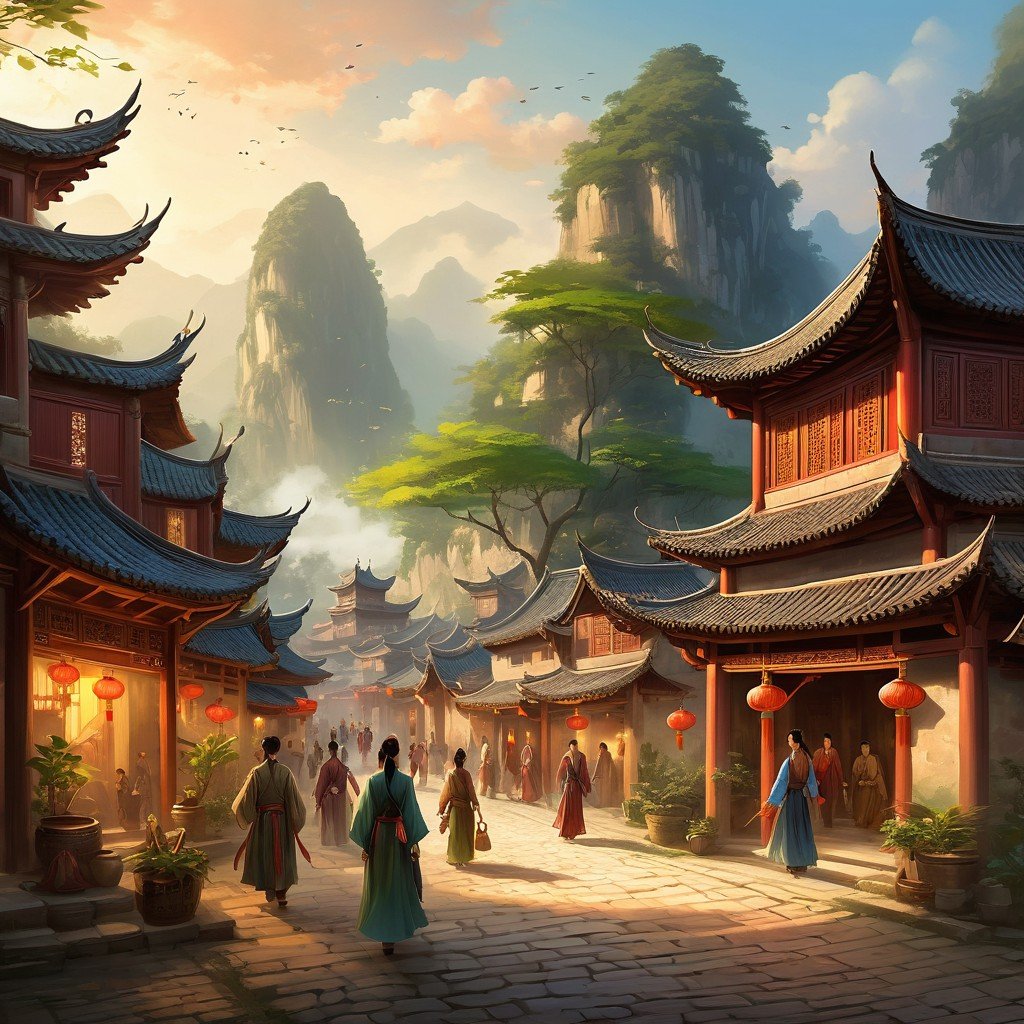
Ancestry is highly valued among the Chinese, and the origins of the Khoo clan lineage date back to the Tang Dynasty, tracing one family’s journey from Henan Province to their arrival in Fujian. As generations unfolded, the lineage flourished.
It was during the early Ming Dynasty (1368-1644) that Buan Seng Kong made a significant decision. He adopted the surname Khoo, and his descendants became the Khoo family and clan. The Leong San Tong Khoo Kongsi has strong links to Sin Kang Village, later named Sin Aun Village, in Xing Lin, Xiamen, where the Khoo lineage originates.
A Generation of Seafarers
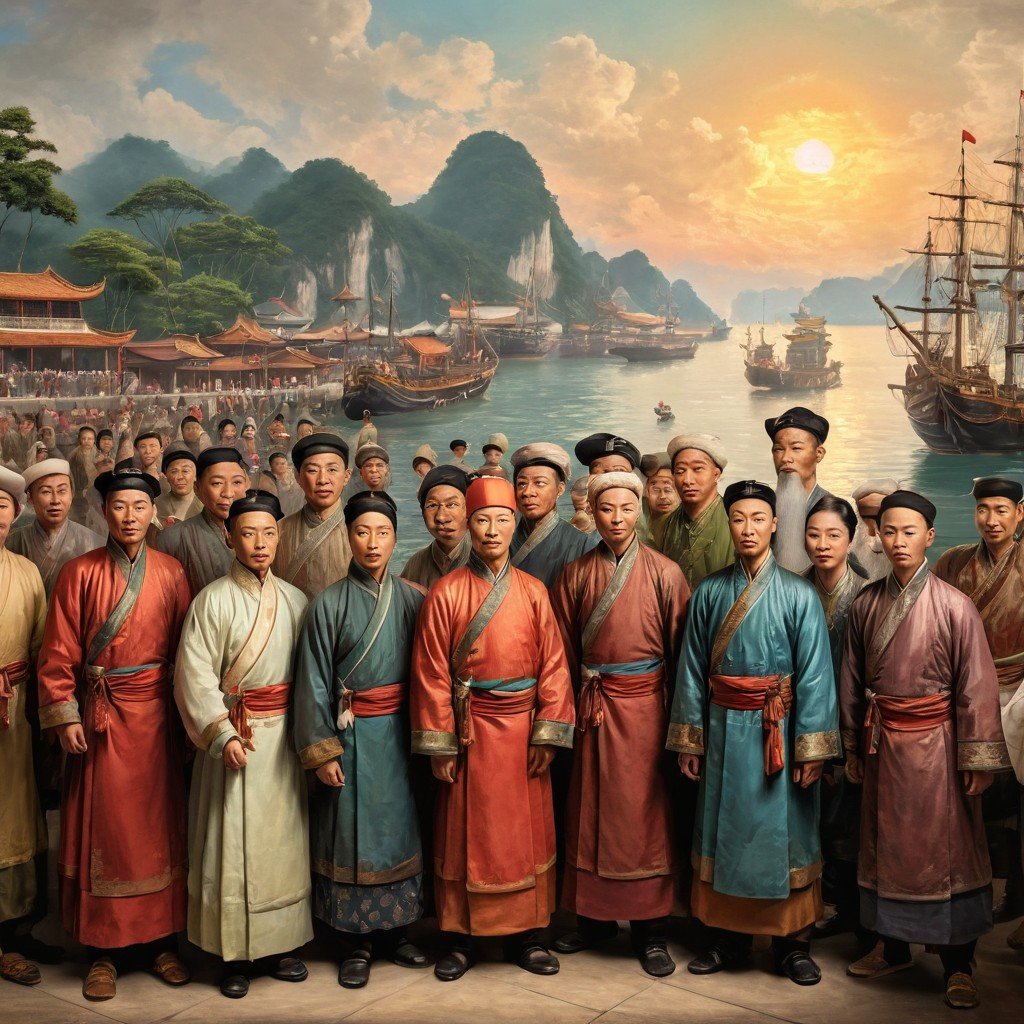
Like many other Fujianese families, the Khoo clansmen were drawn to the sea. Generations of skilled sailors navigated the waters around China and beyond, their ships laden with goods destined for Nanyang (Southeast Asia). Their traditions of seafaring instilled in the Khoo family clan a spirit of adventure and resilience – qualities that would prove invaluable as they travelled overseas.
Towards the end of the Ming Dynasty, these seafarers ventured to the Philippine island of Luzon. However, with the rise of Western colonialism in Southeast Asia, Siam, Burma, Singapore, Malacca, Kedah, and Penang emerged as favoured destinations. Among all these alluring places, Penang proved to have the most opportunities for Khoo clansmen.
Functions of the Kongsi
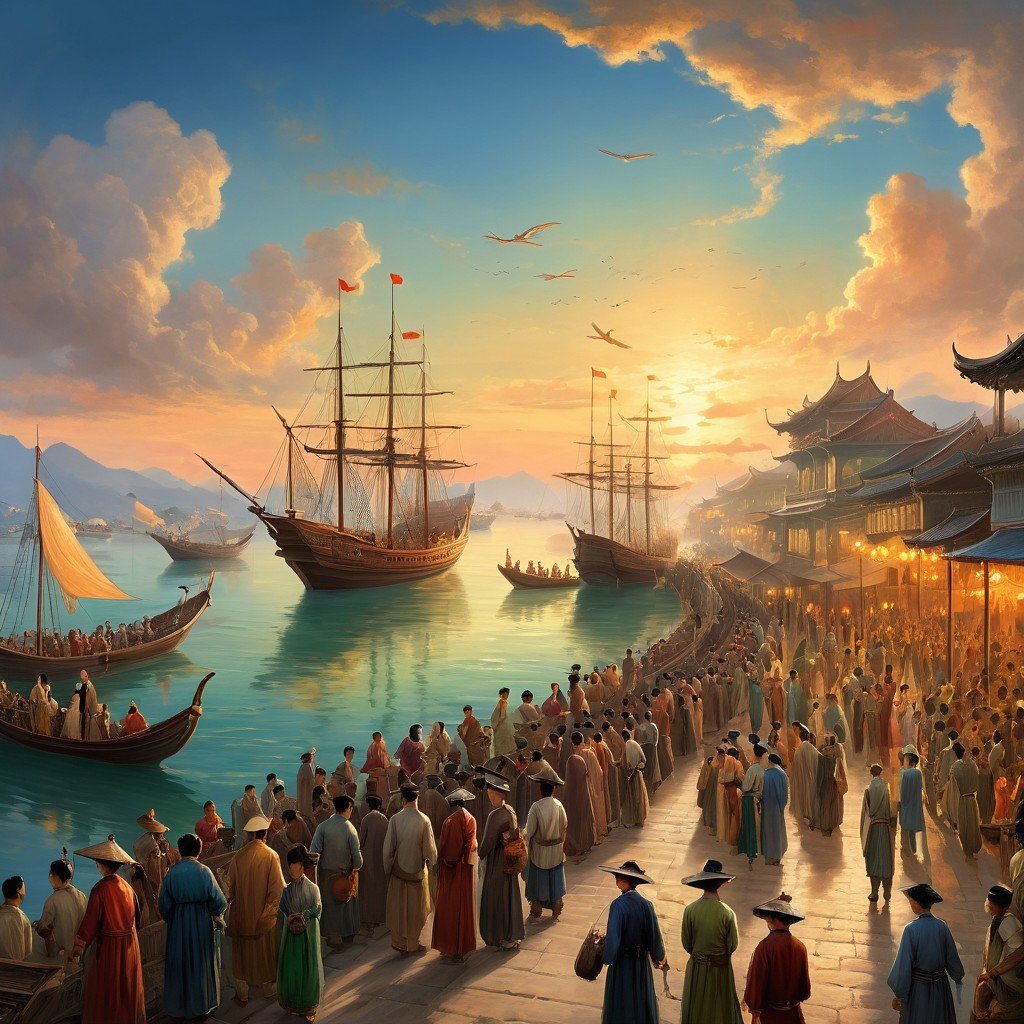
To the uninitiated, a clan house looks like a Chinese temple, like a smaller version of Kek Lok Si temple, perhaps, but they are more than a place of worship. Ancestral clan houses became the beating heart of the local Chinese immigrant community.
Newly arrived immigrants with the same name and from the same ancestral villages of the Sin Kang Seah area made the Khoo Kongsi their first stop-off. The Kongsi provided jobs, food and connections for the newly arrived immigrants, acting as a mutual aid society.
Like a miniature village within the colonial city, they demarcated their territories with a network of interconnected terrace houses and clan dwellings, which offered an inherently defensive environment.
As well as a place to venerate ancestors, clan houses also sponsored cultural events, such as the Chinese New Year, opera performances and promoting Chinese traditions in a foreign land. And importantly, the Leong San Tong Kongsi represented the interests of their members to the British authorities, advocating for their rights and concerns.
Clan houses provided financial assistance, medical care, and support during times of hardship. The Leong San Tong Khoo Kongsi also served as informal courts, mediating disputes and maintaining social order in what was becoming the most influential and largest clan on Penang Island.
Penang Prosperity
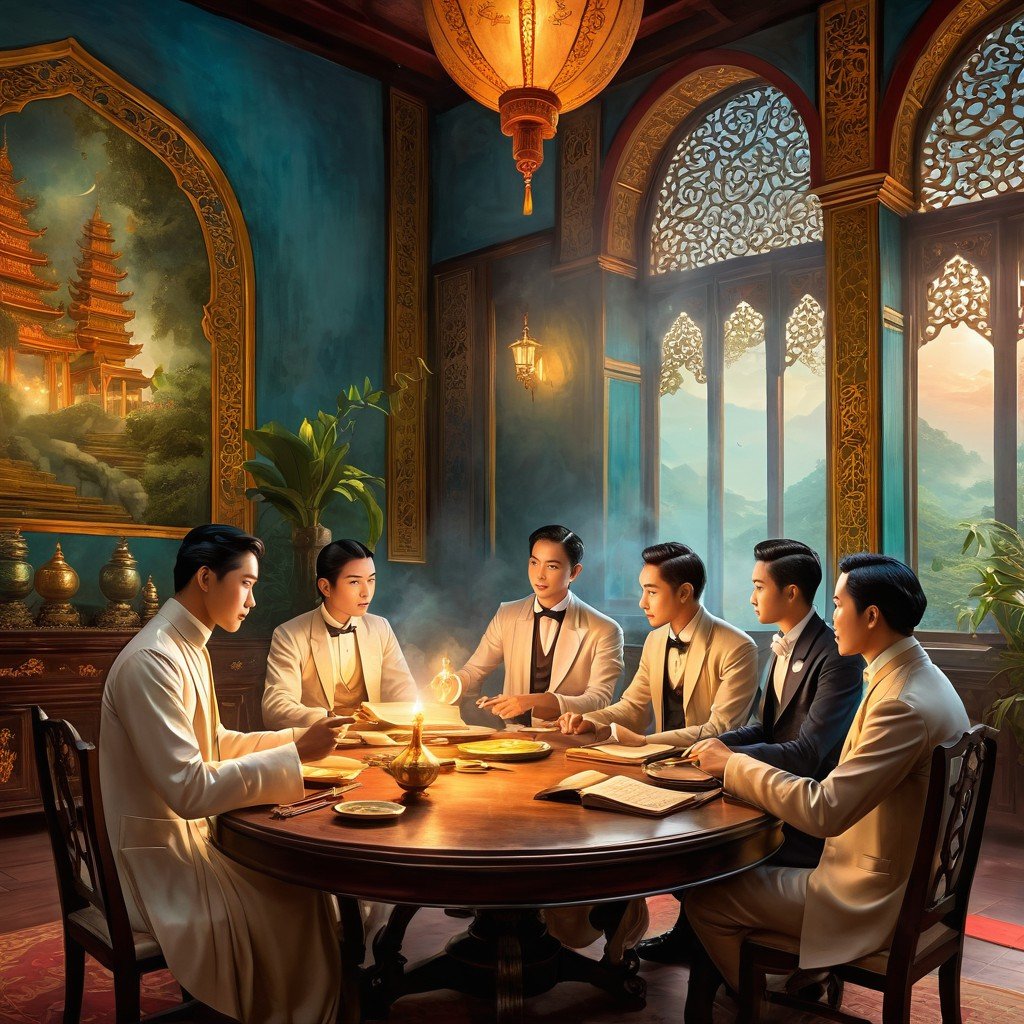
By the turn of the 19th century, a thriving Khoo community had taken root in Penang. There were at least 30 enterprising individuals from the clan who’d established themselves on the island. By 1816, their numbers had swelled to approximately 100, with many carving successful niches as traders and esteemed businessmen.
Leading Khoo members successfully managed the complexities of the British colonial era. The Khoos, with their keen understanding economic environment and market and having extensive trade networks, had now become successful Straits Chinese. They ventured into a myriad of businesses, from trading in spices and textiles to establishing successful merchant houses.
And so the Khoon clan, with its humble origins in the old country, outgrew the confines of its informal gatherings. A shared sense of identity and a growing need for a central meeting place for social, religious, and administrative affairs led to the decision to establish a dedicated clan centre; the Leong San Tong Khoo Kongsi.
Decision To Establish A Khoo Clan House
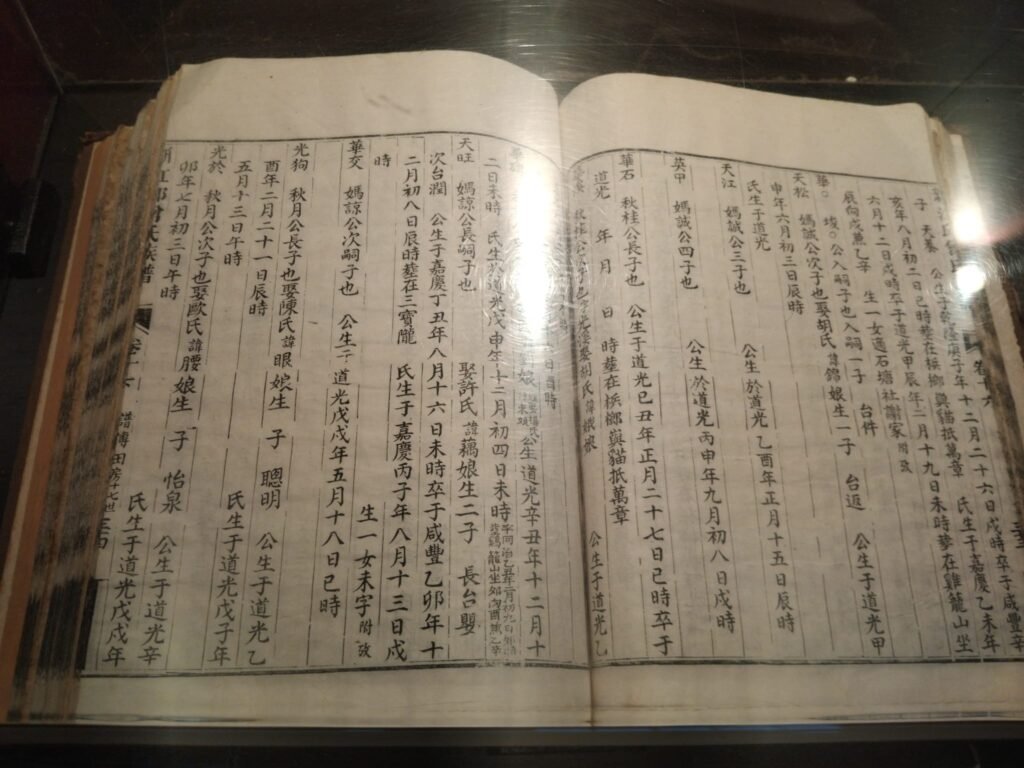
In 1851, the clan bought land from a British merchant. The next year, they began construction of a Kongsi.
It was a major undertaking and showed the ambition of the clan. Wealthy merchants and prominent figures within the community generously contributed to the project.
However, by the end of the 19th century, the clan house fell into disrepair, so they devised grander plans. They called master craftsmen from the old country to construct a new clan house, which took 8 years to complete.
And then disaster struck. Not long after the completion of the Leong San Tong Khoo Kongsi, a fire burned down most of the building. Eight years of meticulous craftsmanship and huge amounts of investment all for naught!
Yet the Khoo Clan would not be deterred. And, in 1902, they began construction on a new building, which they completed four years later. This is the Leong San Tong Khoo Kongsi that we see today.
Dragon Mountain Hall Rises From The Ashes
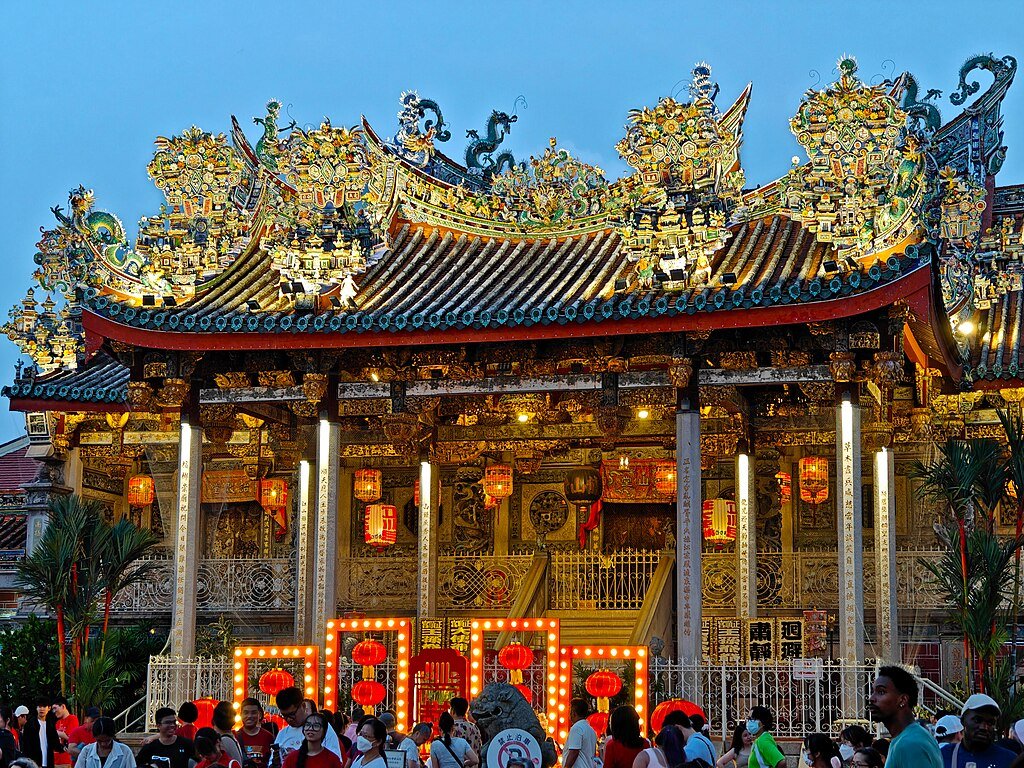
Translated from Hokkien, Leong San Tong is Dragon Mountain Hall. And so the building reflects the celestial realm, with its impressive roof resembling a dragon ascending to heaven. Intricate carvings of mythical and heavenly beings believed to bring good fortune to their members enhance this symbolism.
You can enter the complex from three different directions. All three entrances are small alleyways that could easily go unrecognised. Beach Street, Cannon Street and Armenian Street.
As you enter via the main Cannon Street entrance, a row of clan dwellings, currently undergoing reconstruction, flanks either side of the alleyway. At the bottom of the right is the ticket kiosk for entry.
The large courtyard tucked away from the busy streets outside is a tranquil spot providing clan members with a sense of peace and tranquillity. As you enter the large courtyard, the main Leong San Tong Khoo Kongsi prayer pavilion confronts you immediately.
Features Of The Prayer Pavilion
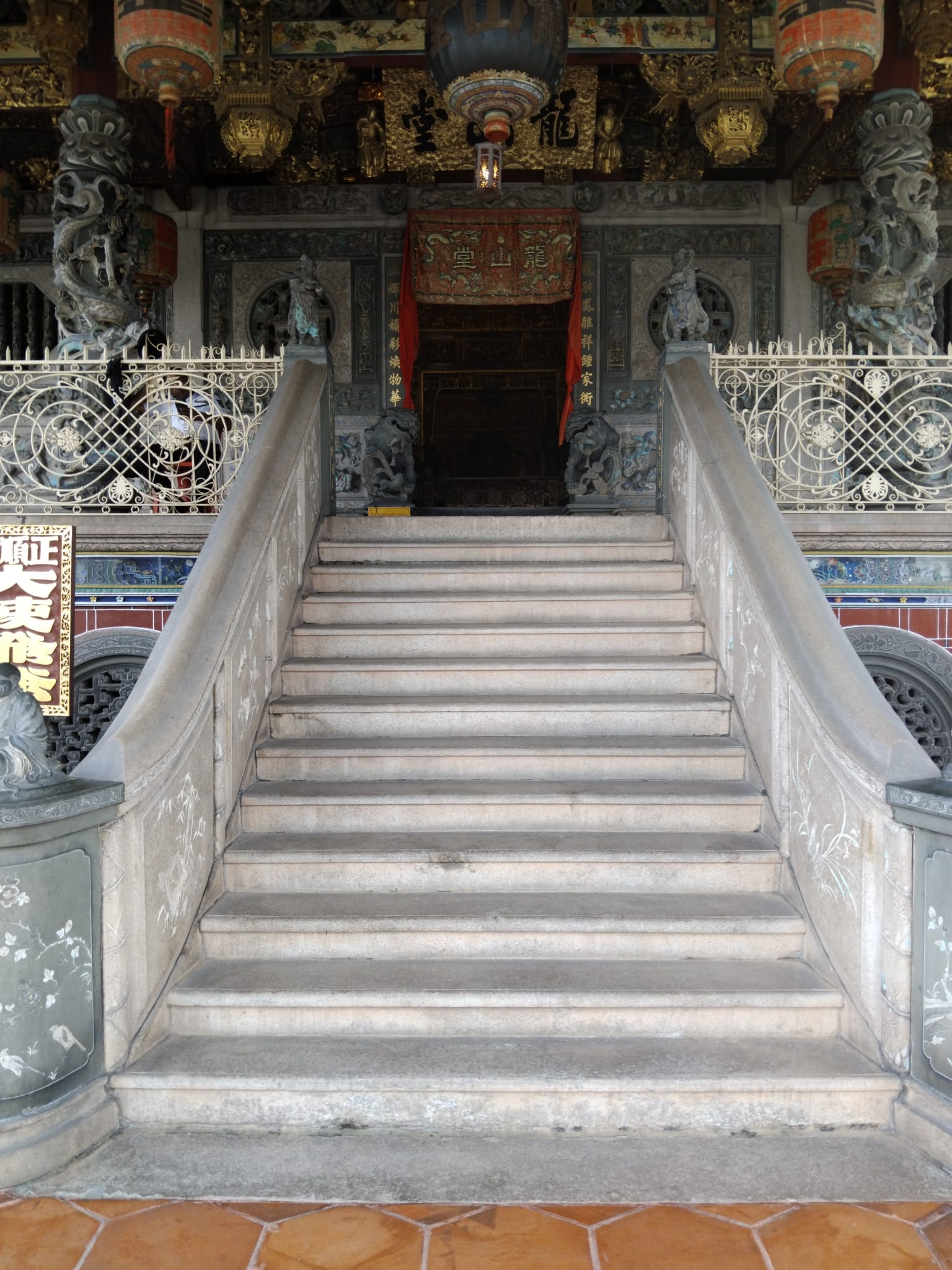
Inside the Dragon Mountain Hall Prayer Pavilion are immaculate wood carvings, painted in gold and other dazzling colours. Artisans from the old country expertly crafted the stone pillars and walls you encounter as you climb the staircase. Stone statues depict various mythological characters. Stone panels with detailed carvings on the wall expertly depict stories from ancient Chinese mythology.
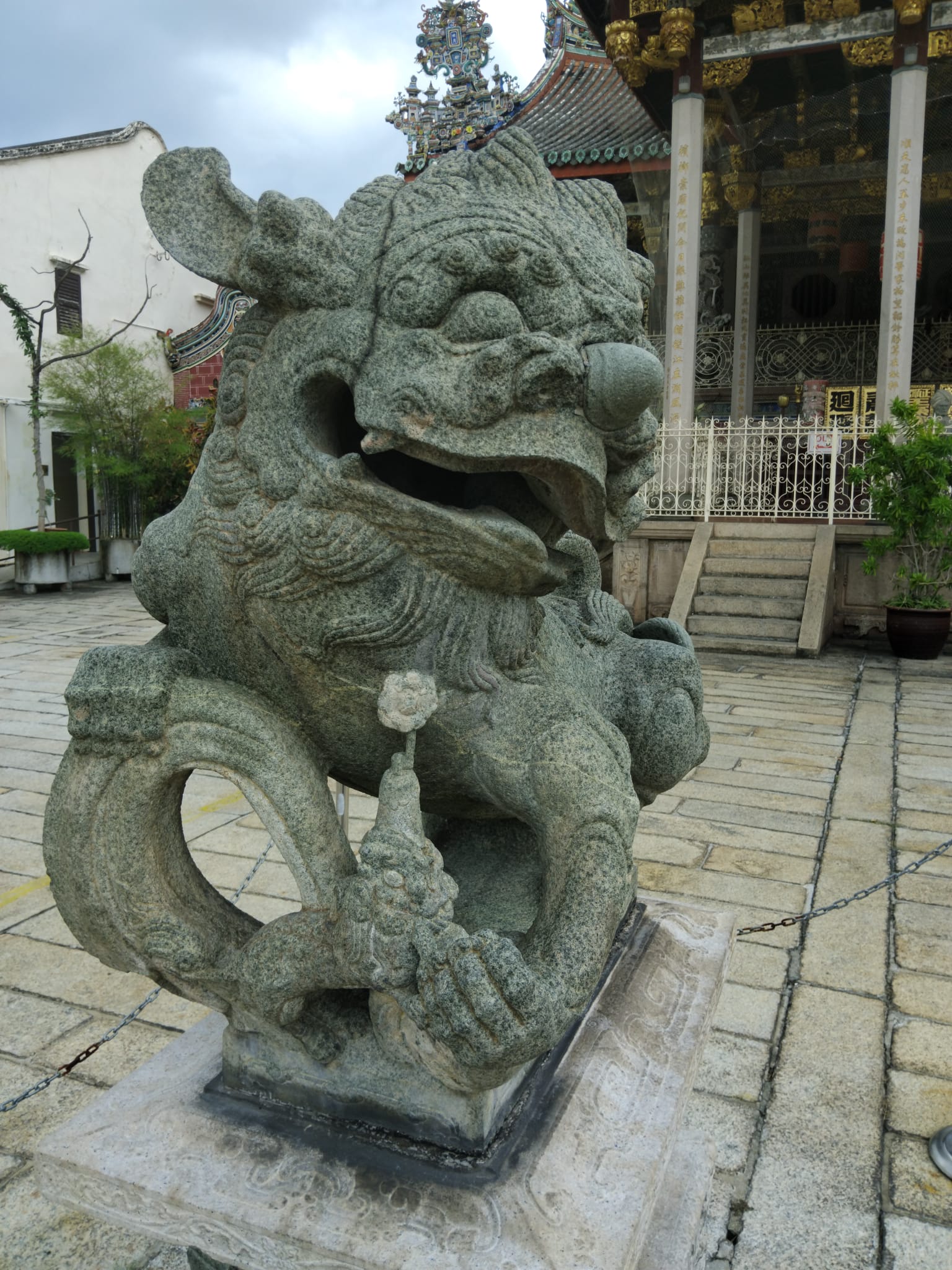
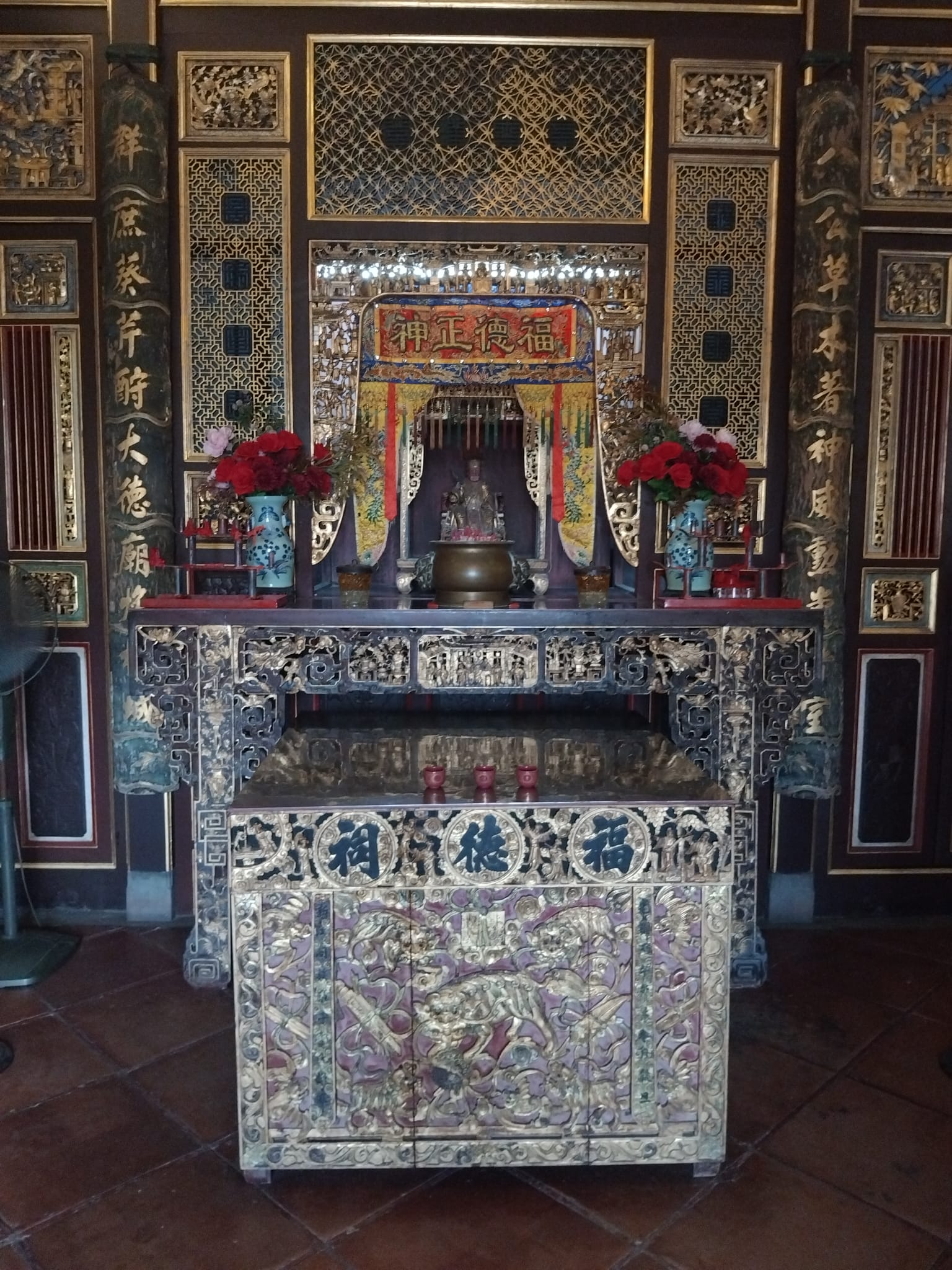
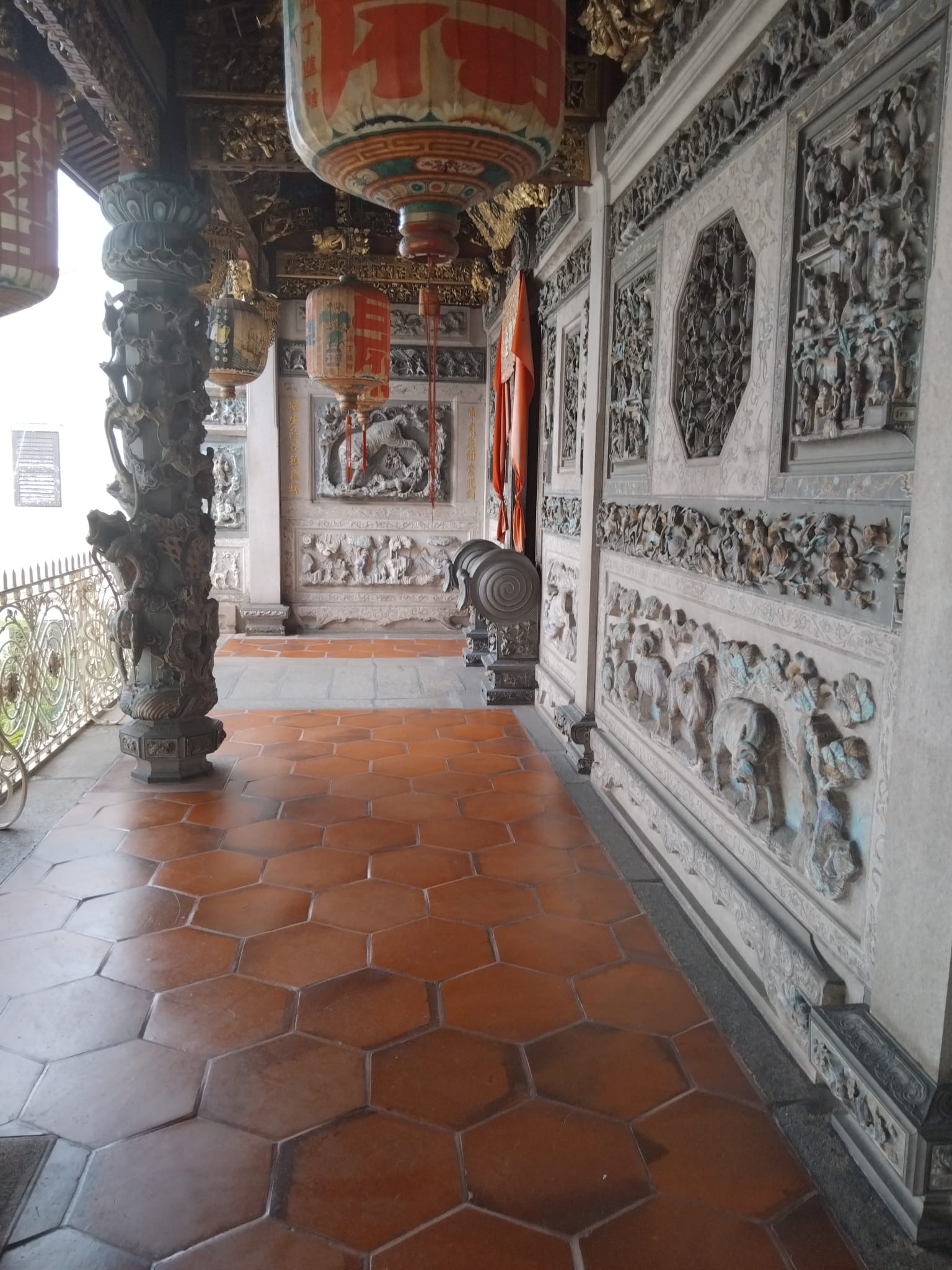
As you walk through to the rear end of the pavilion, there is a narrow corridor with large murals depicting more scenes from Chinese mythology. Murals depict mythic stories such as The Nine Old Men and The Eight Immortals.
The roofwork of the pavilion is a stunning work of art with dragons, immortal beings, and coloured porcelain that shines in the midday sun.
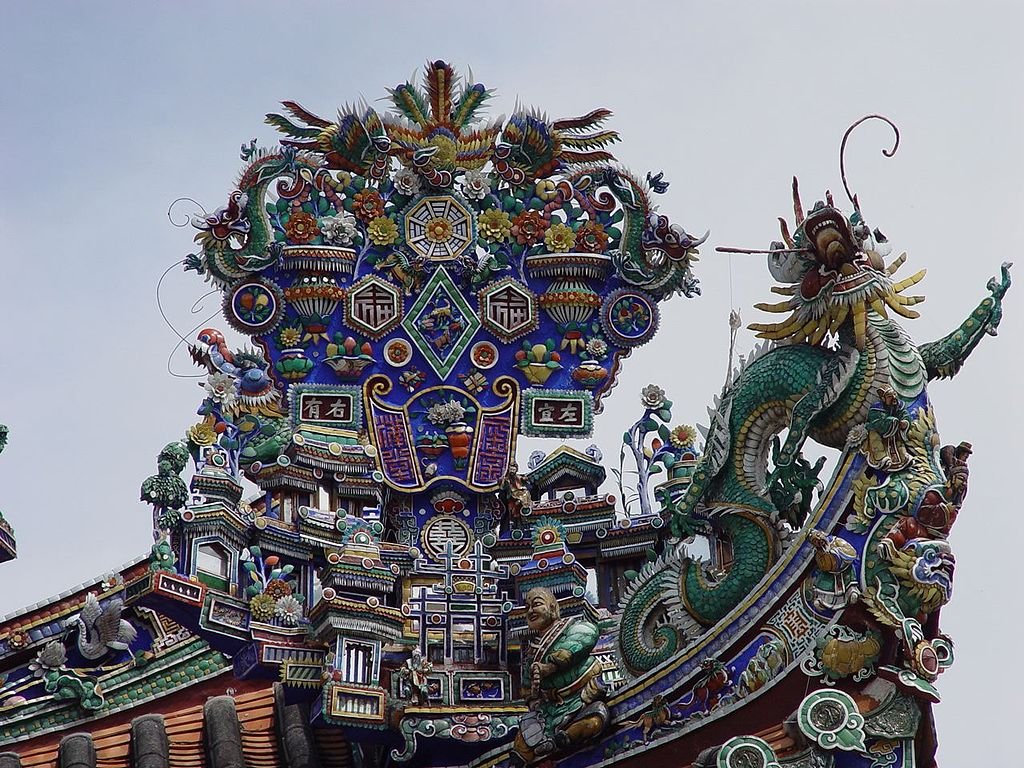
However, seeing with your own eyes can accurately describe the majesty of this stunning Chinese heritage building.
Leong San Tong Khoo Kongsi Today
The Khoo Kongsi continued to evolve and expand, mirroring the growing prosperity and influence of the clan. New buildings were erected, and the clan house became a pillar of the Penang Chinese community.
Establishing schools and providing scholarships ensured that future Khoo clan generations received a quality education. It continued to provide financial assistance and medical care to those in need.
The Khoo Kongsi, far from being a relic of the past, is a progressive institution. Nowadays, it serves as a popular heritage attraction for Armenian Street Heritage, attracting visitors from around the globe. Visitors get to explore the intricate architecture, learn the history of the Khoo clan, and soak up the atmosphere of this historic site.
Ongoing efforts are dedicated to preserving and restoring the Khoo Kongsi. In the basement of the pavilion is now an education centre where visitors can learn more about this fascinating clan house’s origins.
The Leong San Tong Khoo Kongsi isn’t merely a museum. It is where you can connect with the past and gain a deeper understanding of Penang’s cultural heritage. A visit to the Khoo Kongsi is an unforgettable experience, a journey through time and a celebration of the adventurous and powerful Khoo clan.
Leong San Tong Khoo Kongsi FAQs
What is the history of Khoo Kongsi and its name?
The Khoo Kongsi, officially known as the Leong San Tong Khoo Kongsi, is a grand Chinese clan house in Penang, Malaysia. Its history began with the arrival of the Khoo clan from China in the 17th century. The current building, a masterpiece of Southern Fujian architecture, was rebuilt in 1906 after its predecessor was destroyed by a fire, which a legend attributes to its original grandeur being deemed too magnificent for a mortal clan.
What are the key architectural features of Khoo Kongsi?
The Khoo Kongsi’s architecture is renowned for its intricate craftsmanship. The central ancestral hall, Leong San Tong, is a lavishly decorated building with gilded wood carvings, detailed stone sculptures, and vibrant murals depicting Chinese mythology. The complex also features a traditional Chinese opera stage and an administrative block, all clustered around a granite-paved square.
What was the original purpose of the Khoo Kongsi?
The Khoo Kongsi and other Chinese clan houses in Penang were established as vital mutual aid societies. They served as a central hub for social, religious, and administrative purposes, providing newly arrived immigrants with a sense of community. The kongsi helped members find jobs and housing, settled disputes, and provided welfare, ultimately helping the Chinese immigrant community thrive in a new land.
What is the significance of its location within George Town?
The Khoo Kongsi is located in Cannon Square in the heart of George Town. Its placement, hidden behind shophouses, reflects the clan’s desire to maintain a private, centralised community space while still being an integral part of the city’s fabric. The surrounding area, with its narrow lanes and historic buildings, is now a key part of the city’s UNESCO World Heritage Site designation, which recognises the unique multicultural and architectural landscape.
How is Khoo Kongsi preserved, and what can visitors see today?
Today, the Khoo Kongsi is both a functioning clan temple and a museum. Extensive preservation and restoration efforts, particularly in the late 20th century, have maintained its original grandeur. Visitors can tour the ornate ancestral hall, explore the clan’s history and genealogy in the museum, and appreciate the elaborate architecture, which serves as a testament to the wealth and influence of the Chinese community in Penang.

